How Fishing Releases Huge Amounts of Carbon Dioxide
A new study shows bottom trawling isn’t just destructive to wildlife along the ocean floor.

Coal, steaks, gas stoves, and … halibut? You have to wonder how far off we are from a new climate culture war breaking out over the fishing industry. Last week, the U.S. Supreme Court heard arguments in Loper Bright Enterprises v. Raimondo, a suit from a herring fishing company challenging the government’s authority to force the industry to pay for federal monitors on boats. The case is widely expected to end with the justices gutting the power of federal agencies to interpret congressional statutes—and to set and enforce regulations accordingly—by overturning Chevron v. Natural Resources Defense Council, a landmark 1984 decision that affirmed that power.
Also last week, a new study showed that the fishing industry—and bottom trawling in particular—is a strikingly overlooked source of greenhouse gas emissions. We already knew this was a possibility: In 2021, an international team of researchers published a study finding that trawling—in which fishing ships drag nets outfitted with metal panels across the ocean floor to catch seafood like flounder, shrimp, and haddock—releases about a gigaton of carbon dioxide previously stored in the seabed into the water each year. That’s “as much carbon dioxide as the entire aviation industry,” The Guardian pointed out at the time. Carbon dioxide released into the ocean acidifies the water, which can threaten sea life—not just coral and shellfish but also the overall balance of the ecosystem.
Last week, a team that included four of the same researchers published a follow-up: In addition to the acidification effect, over half of that carbon dioxide is then released into the atmosphere “over 7-9 years.” While Enric Sala, one of the authors, acknowledged in National Geographic that this is “small compared to the emissions produced by burning fossil fuels on the land,” the same article noted that this means the effect from bottom trawling “is nearly double the annual emissions from fuel combustion for the entire global fishing fleet.”
That’s for a practice that everyone knew was environmentally catastrophic to begin with. To quote the U.S. Geological Survey: “Trawling destroys the natural seafloor habitat by essentially rototilling the seabed,” destroying an astonishing array of plants and animals as it does so, from coral and other inhabitants of the seafloor to pilot whales and dolphins.
Bottom trawling is restricted in a lot of U.S. waters. But it’s not banned entirely. And while the United States, according to a 2021 report from Flora and Fauna International, accounts for just 4 percent of trawl catch worldwide—well behind China, at nearly 15 percent, and Vietnam, at a little over 8 percent—it’s also a country whose fishing industry shouldn’t, in theory, be particularly dependent on the practice, since bottom trawling accounts for a relatively low percentage of its total fishing haul.
That raises the question of whether policymakers might consider further protections, or even an outright ban. These studies aren’t undisputed, of course—few early studies are. And if Loper Bright v. Raimondo winds up destroying the administrative state, all kinds of environmental protections could get a lot harder. But this finding may prompt policymakers to reexamine the topic, which will doubtless provoke the ire of the fishing industry.
This time last year, a stray comment about regulating gas stoves, which emit greenhouse gases in addition to lung irritants and carcinogens, sparked a bizarre frenzy among right-wingers eager to defend the asthma-linked devices from liberal interference. Panicked posturing over red meat is practically a seasonal sport in American politics. And almost anything can happen in a campaign year. If a candidate brandishes a flounder during a stump speech in a few months, well … that would be about par for the course.
Good News/Bad News
![]()
Recycling rare earth metals could go a long way toward meeting the increasing demand for them for clean energy technology, a new study suggests.
![]()
The American Petroleum Institute has launched an eight-figure ad campaign, The Guardian’s Dharna Noor reports, to convince Americans that the fossil fuel industry is decarbonizing on its own and that fossil fuels are crucial for the nation’s security and way of life.
Stat of the Week
3 percentage points
That’s the margin by which Donald Trump might have won the 2020 election, if voters’ feelings on climate change had stayed as they were in 2016, according to new statistical modeling. Instead, the number of people rating climate change as “very important” grew, and Joe Biden won climate-concerned voters across the political spectrum by 75 points. Read Anthropocene magazine’s story on this study.
What I’m Reading
The dubious climate gains of turning soil into a carbon sink
Regenerative agriculture techniques, including less tilling and increased use of cover crops, are a good idea for many reasons, Susannah Savage reports. “But the carbon angle has been oversold,” according to Pete Smith, a soil expert at the University of Aberdeen:
There are more serious flaws with soil sequestration than the lack of a clear definition. One is its capacity; research by Smith, working with other academics at Wageningen University in the Netherlands, recently looked at carbon captured in grassland soils and calculated that some 135 gigatonnes of carbon would be required to offset emissions of methane and nitrous oxide from the grazing livestock sector. That is almost twice the carbon currently contained in managed grasslands. In some regions, carbon stocks would need to increase by 2,000 per cent to offset emissions from livestock farming.
Carbon capture in soils has been promoted by the livestock industry as “a get out of jail free card”, says Smith. “‘Yes, we’re producing methane emissions … but no need to worry about it, the soils will offset all the emissions’. This [study] is the nail in the coffin of that argument.”
Read Susannah Strange’s report at Financial Times.
This article first appeared in Life in a Warming World, a weekly TNR newsletter authored by deputy editor Heather Souvaine Horn. Sign up here.

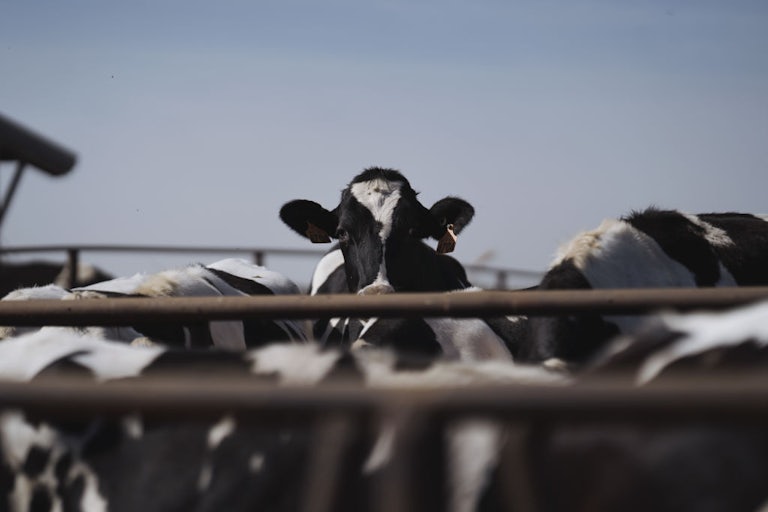

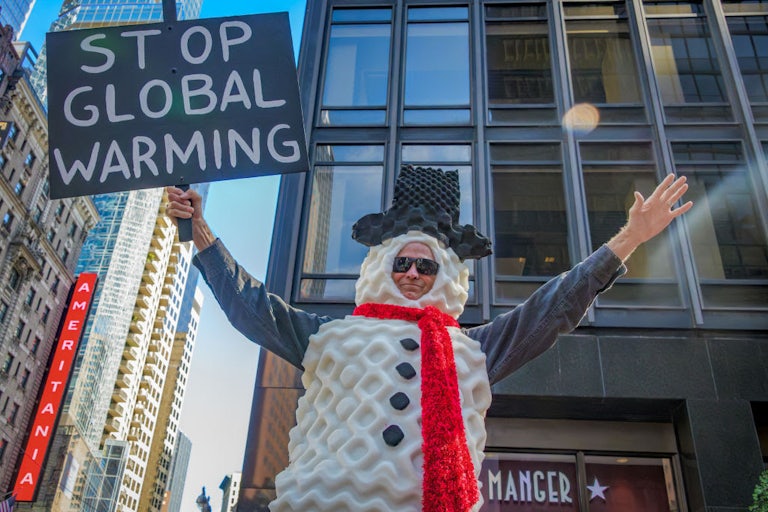
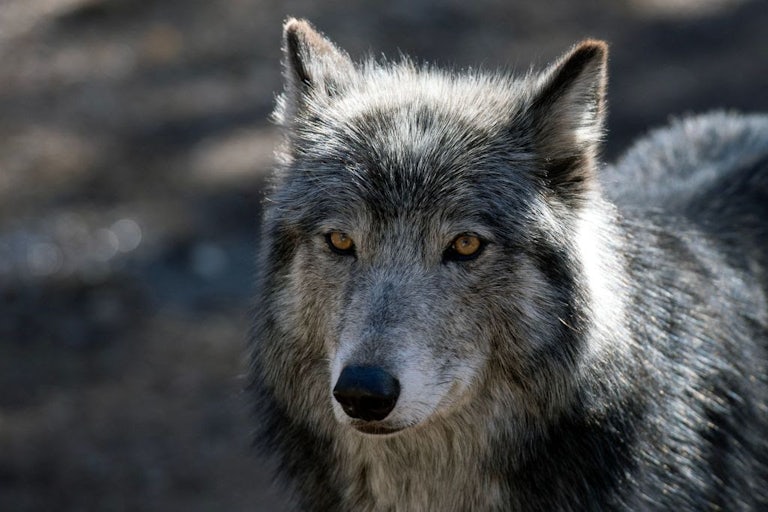
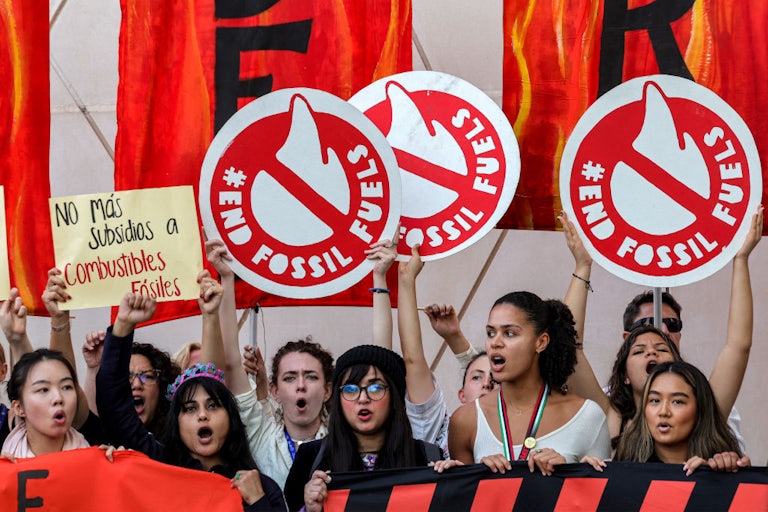



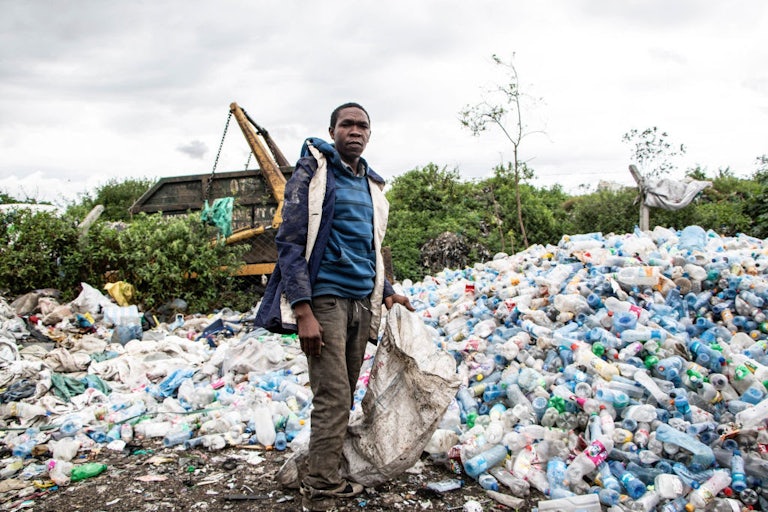
.png)